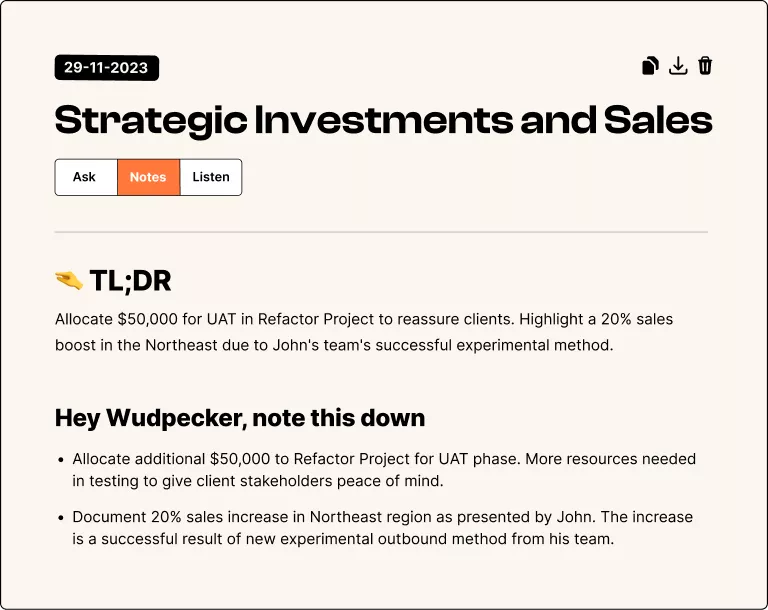Time-to-Value (TTV) is how quickly your customers see results after starting to use your product. It’s crucial for B2B SaaS because faster TTV means happier customers, better retention, and more revenue growth. A slow TTV can lead to churn, missed sales, and stunted business growth.
Key Takeaways:
- What is TTV? The time it takes for customers to experience the first measurable value from your SaaS product.
- Why it matters: Shorter TTV boosts customer satisfaction, engagement, and loyalty.
- How to improve TTV:
- Streamline onboarding with clear goals and milestones.
- Use in-app guidance like walkthroughs and progress indicators.
- Track TTV metrics like Time to First Value and Feature Adoption Rate.
By focusing on reducing TTV, you can strengthen customer relationships, reduce churn, and drive predictable growth. Start by improving onboarding, providing better user guidance, and tracking key metrics.
What is Time to Value (TTV)?
Problems Caused by Slow Time-to-Value
Early value realization is a big deal, especially for B2B SaaS companies. When time-to-value (TTV) drags, it creates serious challenges that can hurt growth and customer retention. Tackling these problems is key to speeding things up.
Higher Customer Churn Risk
When TTV is slow, customers are more likely to leave. Why? Because slow adoption and low engagement can lead to:
- Less frequent platform usage
- Little to no use of advanced features
- Difficulty getting stakeholders fully on board
Missed Sales Opportunities
Delays in showing value also affect the bottom line. Here's how it plays out:
- Sales teams struggle to prove ROI during pitches
- Account managers face pushback when suggesting upgrades
- Customer success teams spend more time solving problems than driving growth
Stunted Revenue Growth
Slow TTV doesn’t just hurt customer relationships - it also slows down revenue. It increases acquisition costs, delays expansion opportunities, and reduces overall customer lifetime value. Tools like product analytics can help spot these issues early by tracking user activity and engagement, giving companies a chance to step in and strengthen those relationships.
How to Speed Up Time-to-Value
Reducing time-to-value (TTV) is key to lowering churn and increasing revenue. Here's how you can help customers achieve their goals faster.
Improve Customer Onboarding
A smooth onboarding process ensures customers see value quickly. Focus on these elements:
- Goal-based setup: Customize the onboarding process to match each customer's specific objectives.
- Milestone tracking: Break the process into clear phases with measurable outcomes to keep progress on track.
- Timely resources: Provide training materials that align with where the customer is in their journey.
This keeps the process moving and ensures customers get comfortable with essential features.
Provide In-Product User Guidance
In-app guidance helps users find their way and use key features without needing extra support. Here's how to make it effective:
- Use interactive walkthroughs to guide users through common tasks.
- Add contextual help that pops up exactly when users need it.
- Include progress indicators so users can see how far they've come with key tasks.
- Highlight new features at the right time to keep users engaged.
This kind of guidance reduces support tickets and helps users become confident with the product faster.
Track TTV with Userlens

Product analytics can make all the difference in optimizing TTV. Tools like Userlens provide actionable insights with features such as:
- Heatmap activity dots to reveal usage patterns.
- Company-wide dashboards to give a clear view of overall engagement.
These insights help you understand how users interact with your product and where you can improve.
sbb-itb-6285ddb
How to Track Time-to-Value
Once you've sped up your Time-to-Value (TTV), the next step is keeping an eye on its progress. Tracking TTV helps you understand how quickly customers start seeing results. Here's how to measure and improve your TTV metrics.
Key TTV Metrics to Monitor
To get an accurate picture of TTV, focus on these important metrics:
- Time to First Value: This measures the time from signup to when customers achieve their first meaningful result. For instance, completing their first workflow or generating an initial report.
- Feature Adoption Rate: Check how many users are actively engaging with features at intervals like 30, 60, and 90 days.
- Activation Milestones: Track how quickly customers hit major milestones, such as completing setup, importing data, or connecting integrations.
Using Userlens for TTV Tracking
Userlens offers tools to analyze user behavior and keep tabs on TTV effectively:
- Company-wide Activity Tracking: Use activity dots to visualize team engagement and feature usage.
- Feature Adoption Heatmaps: See which features bring early value by examining usage trends across different customers.
- Pre-built Dashboards: Access ready-made analytics that highlight customer progress through key milestones, making it easier to identify patterns and opportunities.
Setting Realistic TTV Goals
Your TTV targets should reflect your product's complexity and what your customers expect. Here's how to set achievable goals:
- Segment-specific Goals: Adjust targets based on customer type. For example, enterprise clients might tolerate a longer TTV, while smaller businesses often expect quicker results.
- Smaller Milestones: Break down TTV into manageable steps:
| Milestone | Target Timeframe | Success Indicator |
|---|---|---|
| Initial Setup | 1-2 days | Core features configured |
| Basic Usage | 1 week | First meaningful outcome |
| Full Adoption | 30 days | Regular use of key features |
- Frequent Reviews: Review your TTV goals quarterly to ensure they match product updates and evolving customer needs. Use actual customer data and feedback to make adjustments.
Managing Long-term Customer Value
Maintaining and increasing value for B2B SaaS customers requires teamwork and consistent product improvements. These efforts ensure customers continue to see the benefits of your product over time.
Team Coordination for Customer Success
All teams need to work toward shared goals. Regular meetings to review customer feedback and usage data help keep everyone on the same page. This approach ensures teams use a unified source of customer insights, enabling them to make timely product improvements.
Regular Product Updates
Use customer feedback and data to identify pain points and prioritize updates based on their importance. Address key issues quickly, while scheduling other updates - like new features or interface tweaks - on a regular timeline. These updates help reinforce the value your product delivers.
Communicating Results to Customers
Creating long-term value isn’t just about internal work; it’s also about keeping customers informed. Share clear, concise reports that highlight benefits like time saved, workflow improvements, better performance, and cost savings. Use analytics to showcase power users and success stories during business reviews. For enterprise clients, custom dashboards summarizing key achievements can be a powerful tool for securing renewals and encouraging greater usage.
Track your success in delivering value by monitoring metrics such as time-to-outcome, adoption rates for new features, user engagement, and customer satisfaction scores.
Conclusion: Time-to-Value as a Growth Driver
Time-to-Value (TTV) plays a key role in driving growth for B2B SaaS companies. It directly influences customer satisfaction, retention, and loyalty. A faster TTV not only encourages customers to stick around but also turns them into advocates for your product.
Shortening TTV strengthens customer relationships while speeding up growth. Delivering consistent value with clear, measurable results keeps that momentum going.
By focusing on TTV, businesses can create a steady path for growth. Strong teamwork ensures value is delivered effectively, helping to reduce churn, uncover opportunities for expansion, and build a more resilient business.
TTV isn’t a one-time initiative - it’s an ongoing focus on customer success. When treated as a core priority and measured regularly, it sets the stage for predictable and steady growth.
Related posts



.svg)



















.svg)
